Top 10 Mistakes Student Pilots Make (And How to Avoid Them)
Inflight Pilot Training
MARCH 13, 2025
How to Avoid It: Dedicate at least a few hours per week to studying airspace, weather, and flight regulations. Weather delays disrupt planned lessons. If weather delays flights, use a simulator or review ground materials to stay sharp. Forgetting to apply rudder and aileron corrections simultaneously.

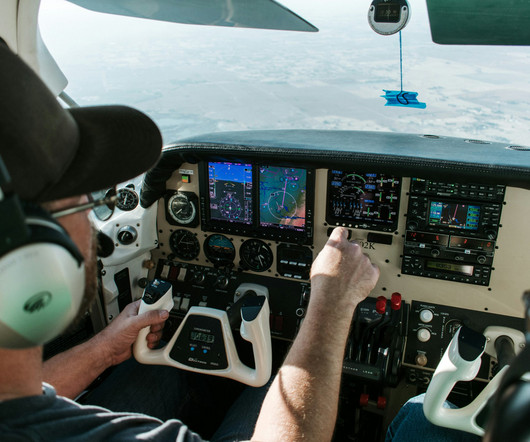


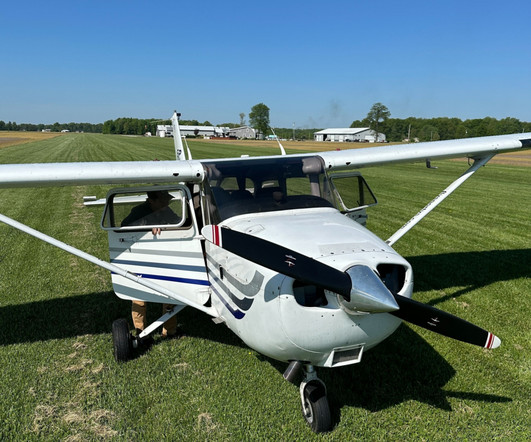

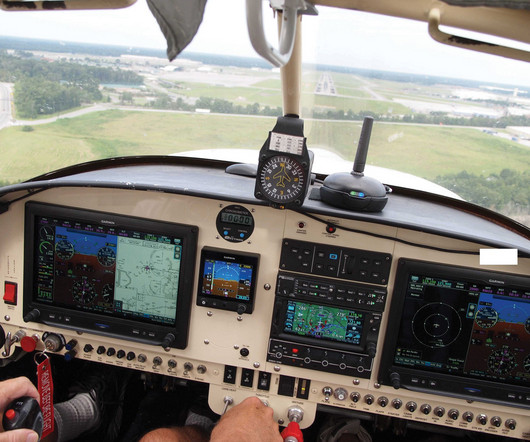


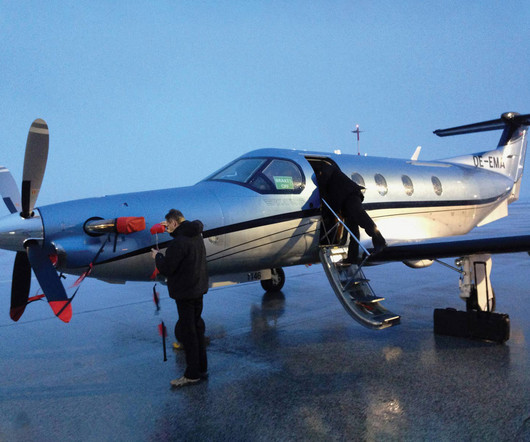



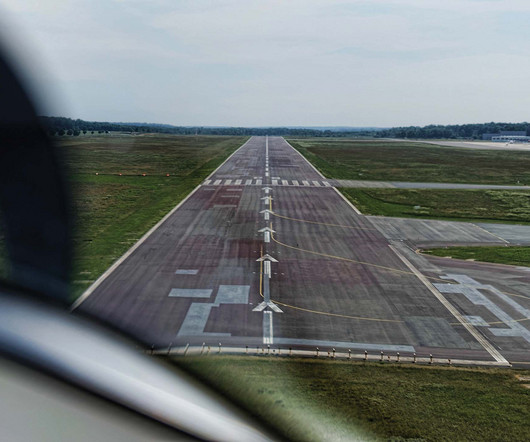
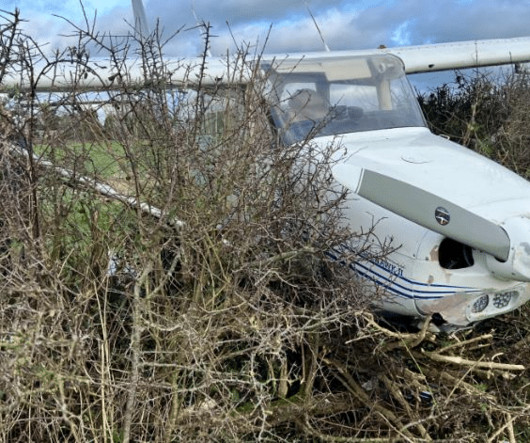







Let's personalize your content